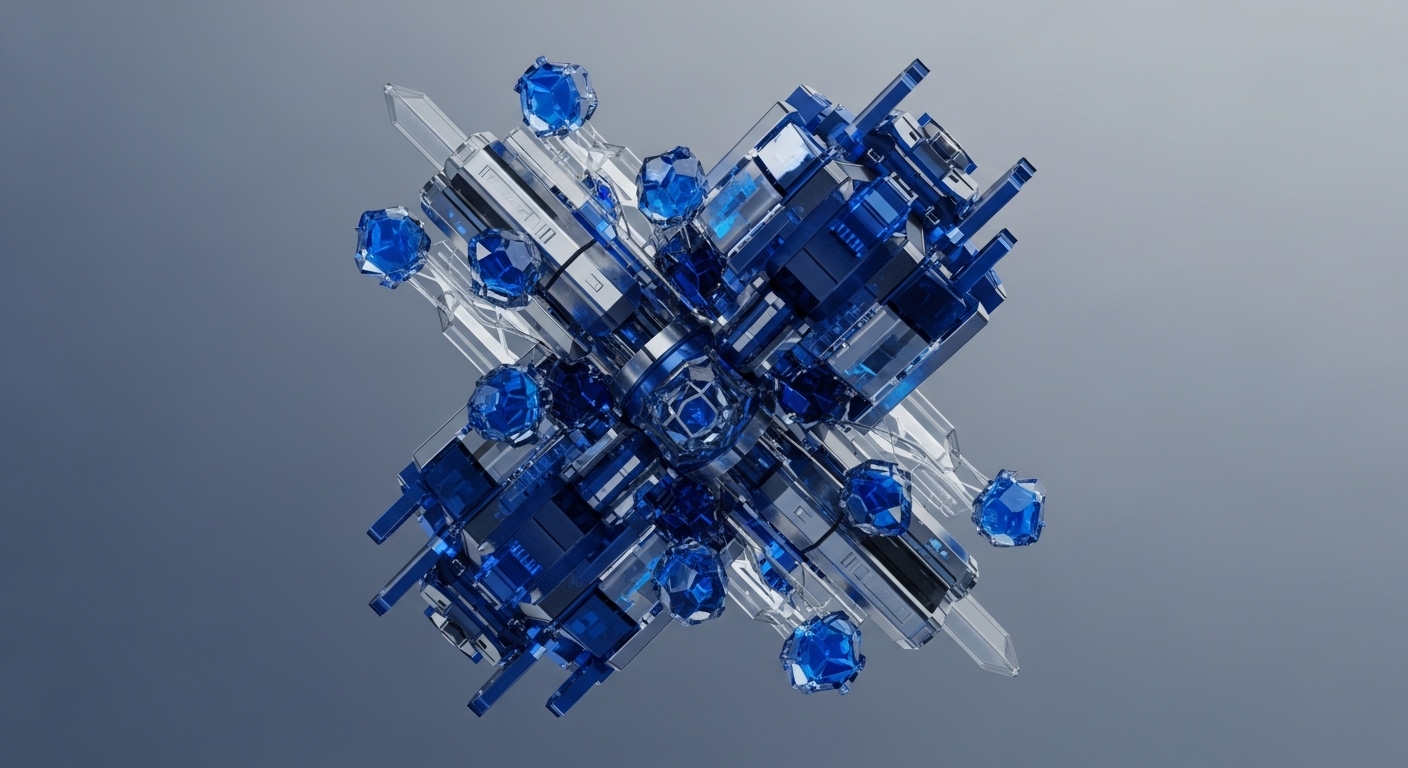
Briefing
The persistent challenge of integrating complex off-chain AI computation with the deterministic and secure environment of blockchains has been constrained by the inherent scalability limitations and security trade-offs. This research presents the Talus Agentic Framework (TAF), realized through Nexus on the Sui network, which standardizes AI services as modular “Talus Tools” and “Talus Workflows” ∞ Directed Acyclic Graphs of these tools ∞ each with configurable security models and economic incentives. This foundational breakthrough enables transparent, economically accountable, and composable on-chain AI agent operations, establishing a principled architecture for truly autonomous, verifiable, and secure AI agents within decentralized ecosystems, thereby paving the way for a new generation of smart contracts that leverage advanced AI capabilities without compromising blockchain’s core tenets.

Context
Prior to this research, integrating sophisticated off-chain computation, particularly artificial intelligence, with blockchain’s secure and deterministic environment presented a foundational dilemma. Prevailing approaches either incurred prohibitive costs and limited AI capabilities by executing everything on-chain, or they relied on off-chain systems that lacked inherent composability, granular asset control, and transparent verifiability. This created a theoretical limitation where complex AI-driven logic could not be seamlessly and trustlessly integrated into decentralized applications, hindering the evolution of truly autonomous on-chain services.

Analysis
The core mechanism of this paper introduces the Talus Agentic Framework (TAF), which conceptualizes AI services as modular “Talus Tools.” These tools can be fully on-chain smart contracts or off-chain services, each with customizable security guarantees, including verifiable computation via zero-knowledge proofs, trusted execution environments, or economic staking. These individual tools are then orchestrated into “Talus Workflows,” which are represented as Directed Acyclic Graphs (DAGs) to define complex, multi-step agentic logic. A “Talus Agent” functions as an on-chain identity that manages specific assets and executes these workflows without relying on traditional private key ownership. This system fundamentally differs from previous methods by modularizing AI functionalities into interoperable, economically accountable components, allowing for flexible security-performance trade-offs per tool and enabling complex AI processes to be orchestrated transparently and verifiably on-chain.

Parameters
- Core Concept ∞ Talus Agentic Framework (TAF)
- New System/Protocol ∞ Nexus
- Implementation Network ∞ Sui Network
- Key Components ∞ Talus Tools, Talus Workflows, Talus Agents, Nexus Leader System
- Security Mechanisms ∞ Onchain Computation, Verifiable Computation, Trusted Computation, Stake-based Tokenomics
- Applications ∞ Agent as a Service (AaaS), Agent Marketplace
- Paper Version ∞ v1.1
- Publication Date ∞ 21 August 2025

Outlook
The forward trajectory of this research involves the deeper integration of advanced protocols such as zero-knowledge proofs, authenticated communication, and third-party delivery proofs to enhance the verifiability and security of Talus Tools and workflows. Efforts will also focus on improving the efficiency of the Nexus Leader system and workflow execution, aiming to minimize trust in the Leader while reducing gas consumption. In the next three to five years, this framework could unlock fully autonomous DeFi strategies, AI-enhanced decentralized governance models, dynamic on-chain gaming experiences, and a robust marketplace for monetizing diverse AI services with provable guarantees, thereby enabling truly intelligent, self-managing decentralized applications.
